
Mandantenrundschreiben
Mandantenrundschreiben 07/2025

Allgemein
Koalitionsvertrag: Das sind die steuerlichen Pläne!

Allgemein
Keine Werbungskosten: Umzug wegen Einrichtung eines Arbeitszimmers ist nicht beruflich veranlasst

Allgemein
Wir sind Dualer Partner für Masterstudiengänge der DHBW CAS
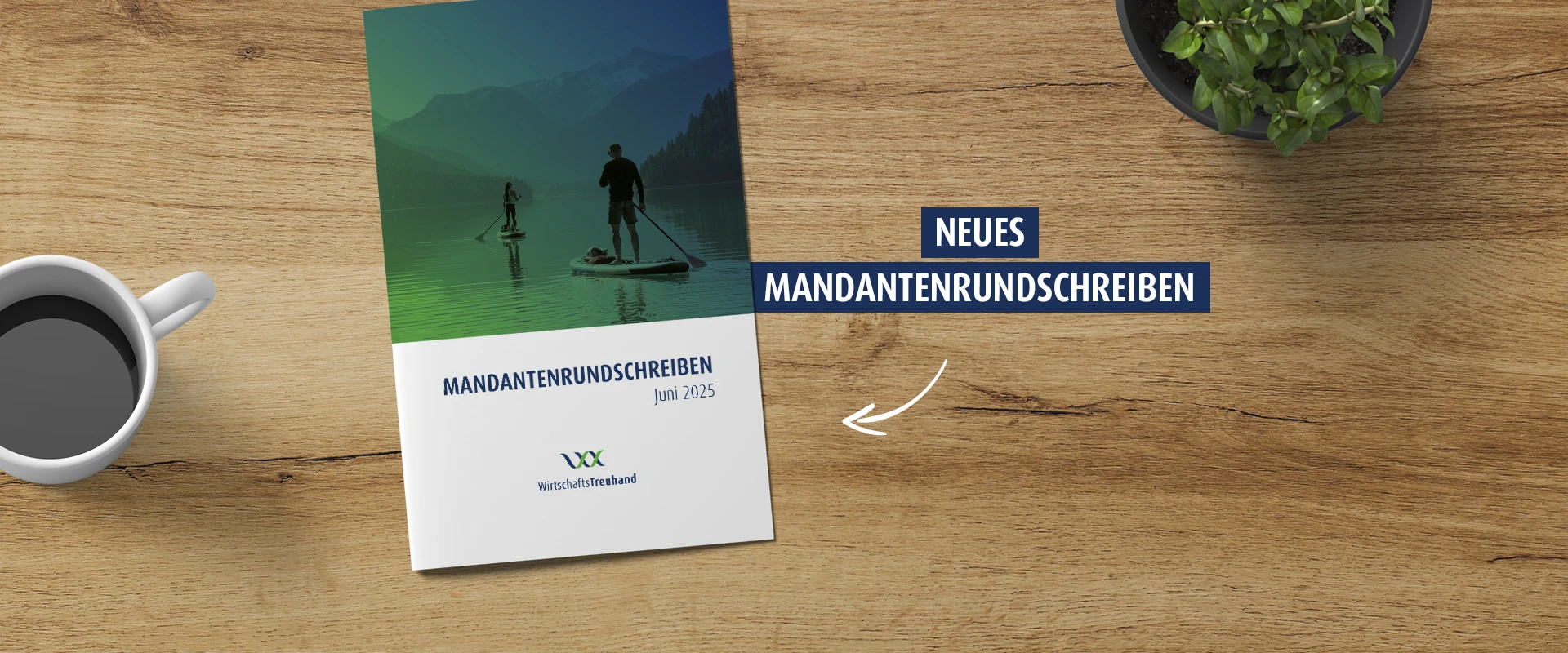
Mandantenrundschreiben
Mandantenrundschreiben 06/2025

Allgemein
Einkünftequalifizierung bei Arztpraxen: Keine gewerblichen Einkünfte trotz Arbeitsteilung

Allgemein
Stundung einer Kaufpreisforderung: Liegen steuerpflichtige Kapitalerträge vor?

Mandantenrundschreiben
Mandantenrundschreiben 05/2025

Allgemein
Kein Steuerabzug für Hausgeldzahlungen in die Erhaltungsrücklage

Allgemein
Geänderte Rechtsprechung zur Verteilung von Leasingsonderzahlungen bei Reisekosten

Allgemein
Influencer: Keine Betriebsausgaben für bürgerliche Kleidung und Accessoires

Mandantenrundschreiben
Mandantenrundschreiben 04/2025

WiTreu
WiTreu vom Handelsblatt ausgezeichnet: Beste Steuerberater und Wirtschaftsprüfer 2025

Allgemein
Antrag auf Europäische Kleinunternehmerregelung

Allgemein
Wegfall der Inflationsausgleichsprämie steht Lohnerhöhung nicht im Wege

Allgemein
Keine außergewöhnlichen Belastungen: Mitgliedsbeiträge für ein Fitnessstudio

Mandantenrundschreiben
Mandantenrundschreiben 03/2025

Allgemein
Steuerfreie Photovoltaikanlagen: Sind „nachlaufende“ Betriebsausgaben abzugsfähig?

Allgemein
Unberechtigter Umsatzsteuerausweis in Gutschrift: Privatpersonen müssen Steuerfalle im Blick haben

Infoschreiben
Informationsschreiben HinSchG
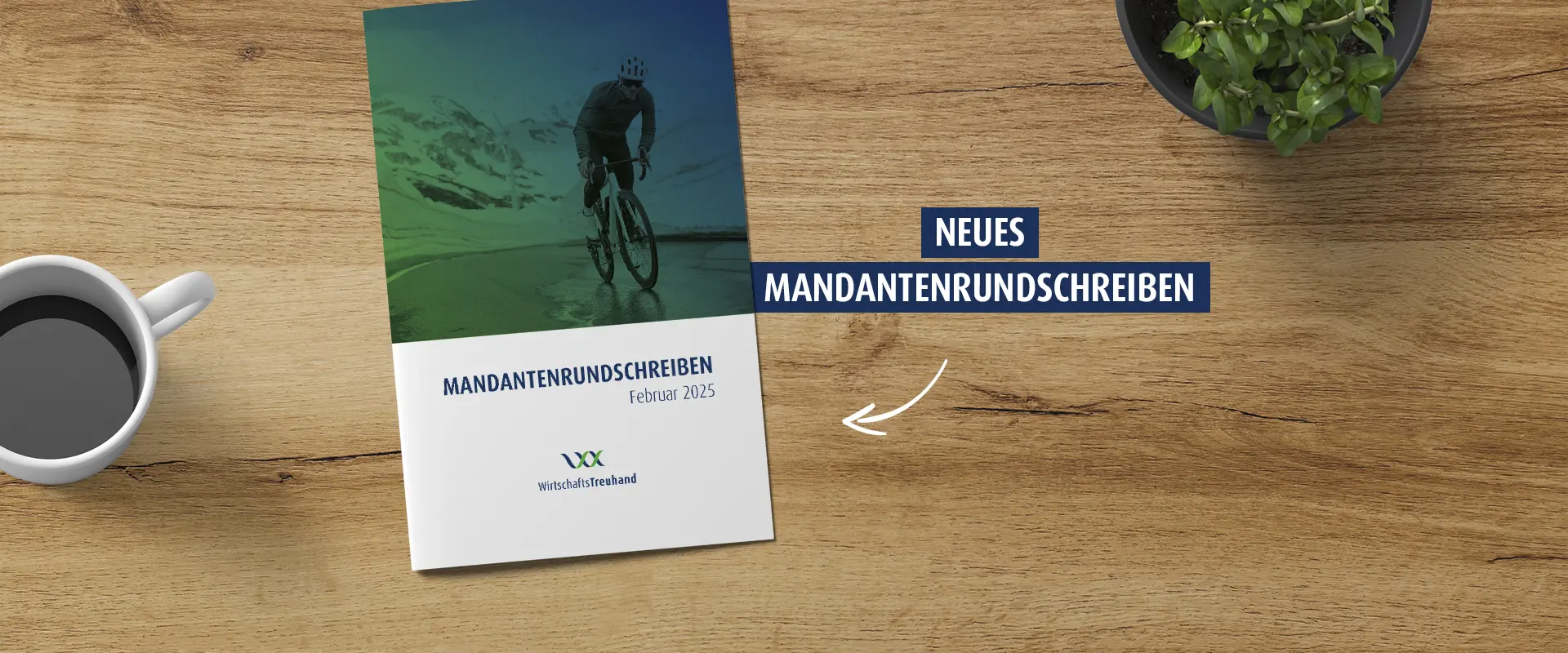
Mandantenrundschreiben
Mandantenrundschreiben 02/2025

Allgemein
Erbschaftsteuer: Interessante Urteile zu Freibeträgen und Bestattungskosten als Nachlassverbindlichkeiten

Allgemein
Außenprüfung auch nach dem Tod des Geschäftsinhabers zulässig

Nachhaltigkeitsberichterstattung
CSRD Quo vadis 2025?

Mandantenrundschreiben
Mandantenrundschreiben 01/2025

Allgemein
Grundfreibetrag und Kinderfreibetrag: Rückwirkende Erhöhung für 2024

Allgemein
Elektronische Rechnungen: Bundesfinanzministerium veröffentlicht finales Anwendungsschreiben
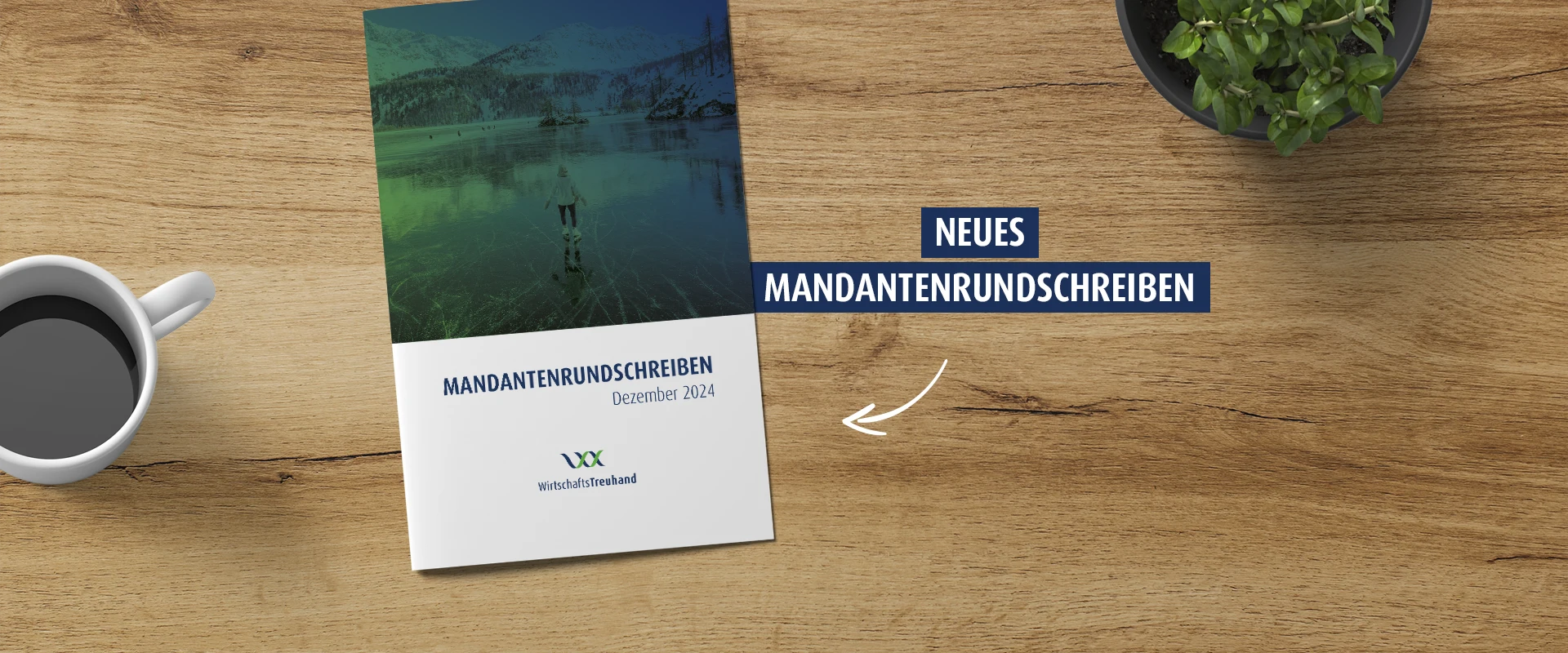
Mandantenrundschreiben
Mandantenrundschreiben 12/2024

Allgemein
Gewinnverschiebung: Maßnahmen für Gewerbetreibende und Freiberufler
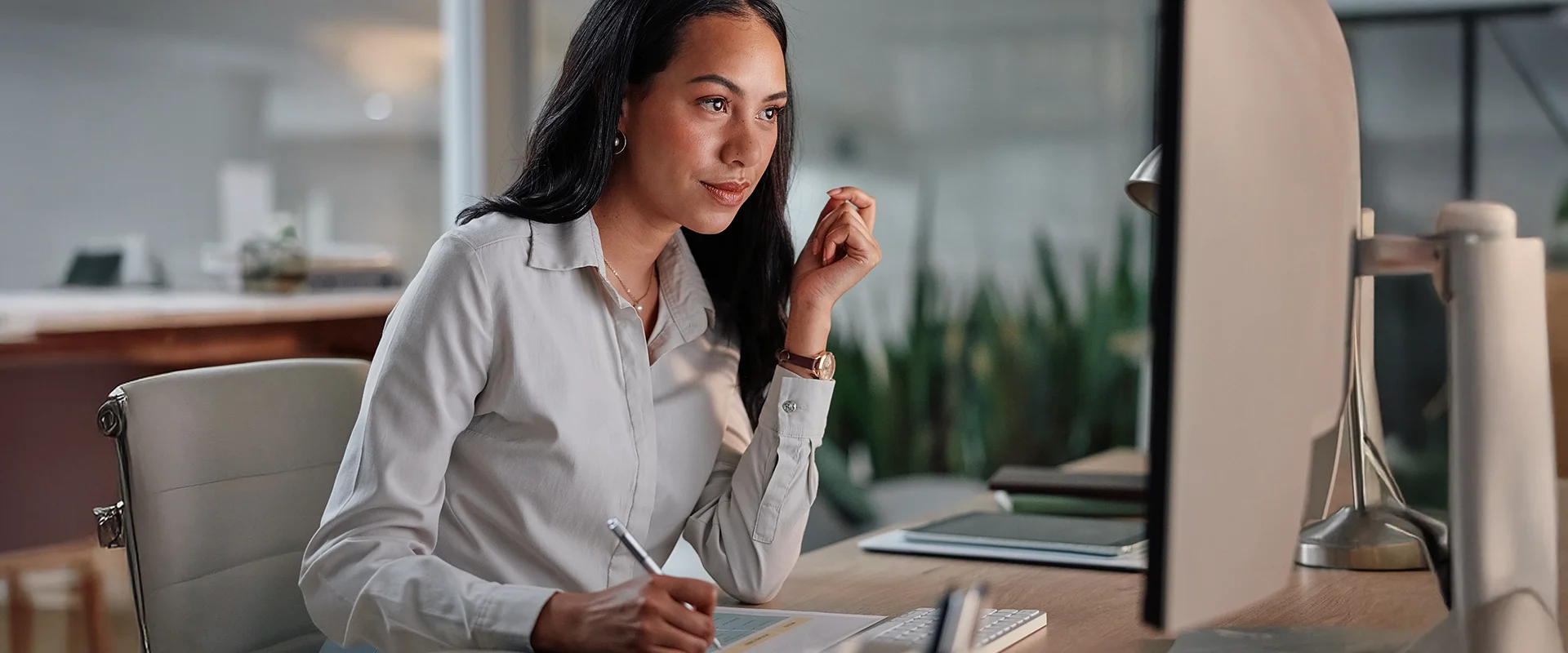
Allgemein
Inkongruente Gewinnausschüttungen: Finanzverwaltung folgt nun dem Bundesfinanzhof

Allgemein
Außergewöhnliche Belastungen: Zivilprozesskosten abzugsfähig, wenn Verlust der Existenzgrundlage droht

Nachhaltigkeitsberichterstattung
Der Weg zum ersten Nachhaltigkeitsbericht

Mandantenrundschreiben
Mandantenrundschreiben 11/2024

Steuern
Höhere Freigrenze bei Geschenken gilt auch bei der Umsatzsteuer

WiTreu
Erfolgreicher Workshop zum Thema Prüfungsansatz/-technik

Steuern
Doch keine Besteuerung teilentgeltlicher Grundstücksübertragungen im Privatvermögen?

Steuern
Handwerkerleistungen: Keine Steuerermäßigung bei eigenmächtiger Vorauszahlung

Mandantenrundschreiben
Mandantenrundschreiben 10/2024

Steuern
Häusliches Arbeitszimmer: Abzugsfähige Betriebsausgaben nur bei Erfüllung der Aufzeichnungspflichten
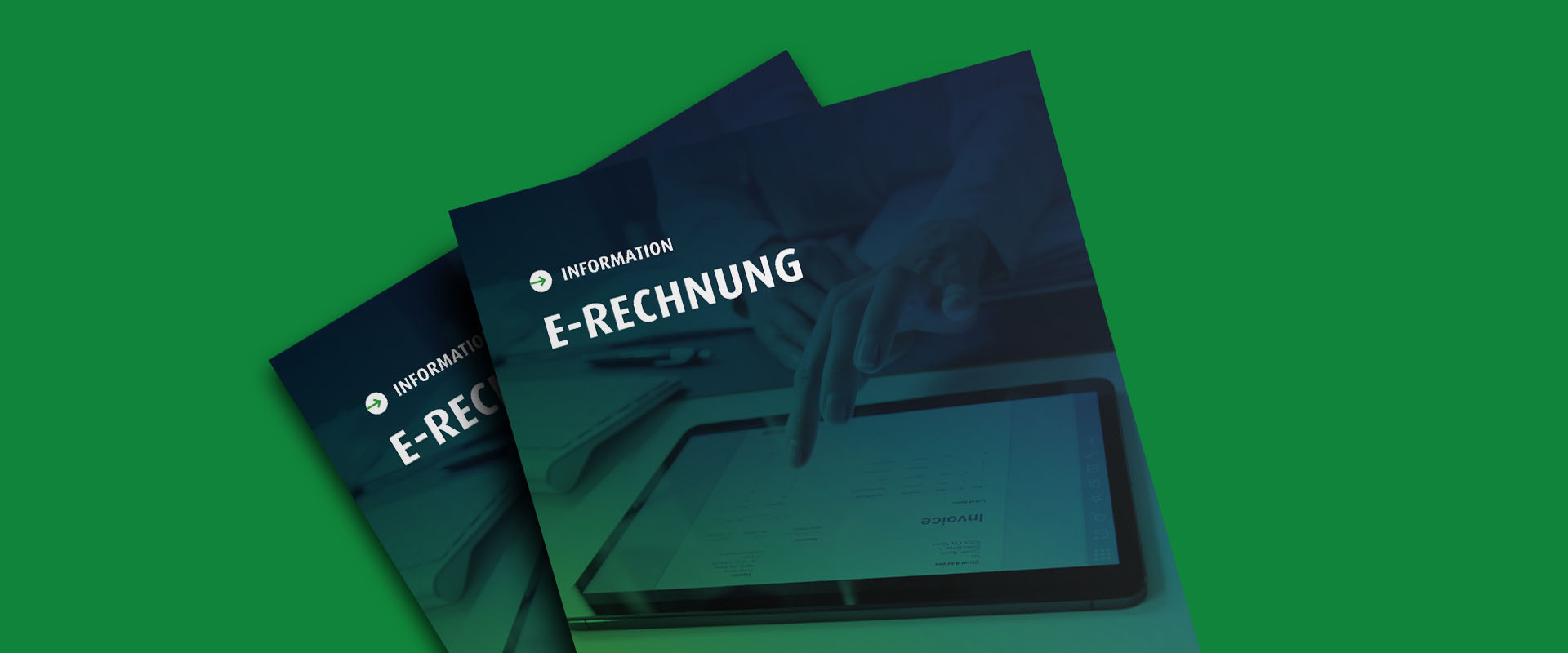
Infoschreiben
Informationsschreiben E-Rechnung

Steuern
Verlustvortrag bei Witweneinkommen nicht zu berücksichtigen

Nachhaltigkeitsberichterstattung
Regulatorische Basics CSRD / ESRS

Steuern
Außergewöhnliche Belastungen: Welche Kosten sind bei einem behinderungsbedingten Umbau angemessen?

Steuern
Steuerbescheide: Weiterhin keine Bekanntgabe an Samstagen, aber neue Viertagesfiktion!

Mandantenrundschreiben
Mandantenrundschreiben 9/2024

Steuern
Grundsteuer im Bundesmodell: Erste Zweifel, aber noch keine Entscheidung über Verfassungsmäßigkeit

Steuern
Elektronische Rechnungen: Anwendungsschreiben des Bundesfinanzministeriums liegt im Entwurf vor

WiTreu
Lünendonk®-Liste 2024: WirtschaftsTreuhand mit AGN Deutschland erneut unter TOP10

Nachhaltigkeitsberichterstattung
Neue Webinarreihe „Nachhaltigkeitsberichterstattung – einfach machen“
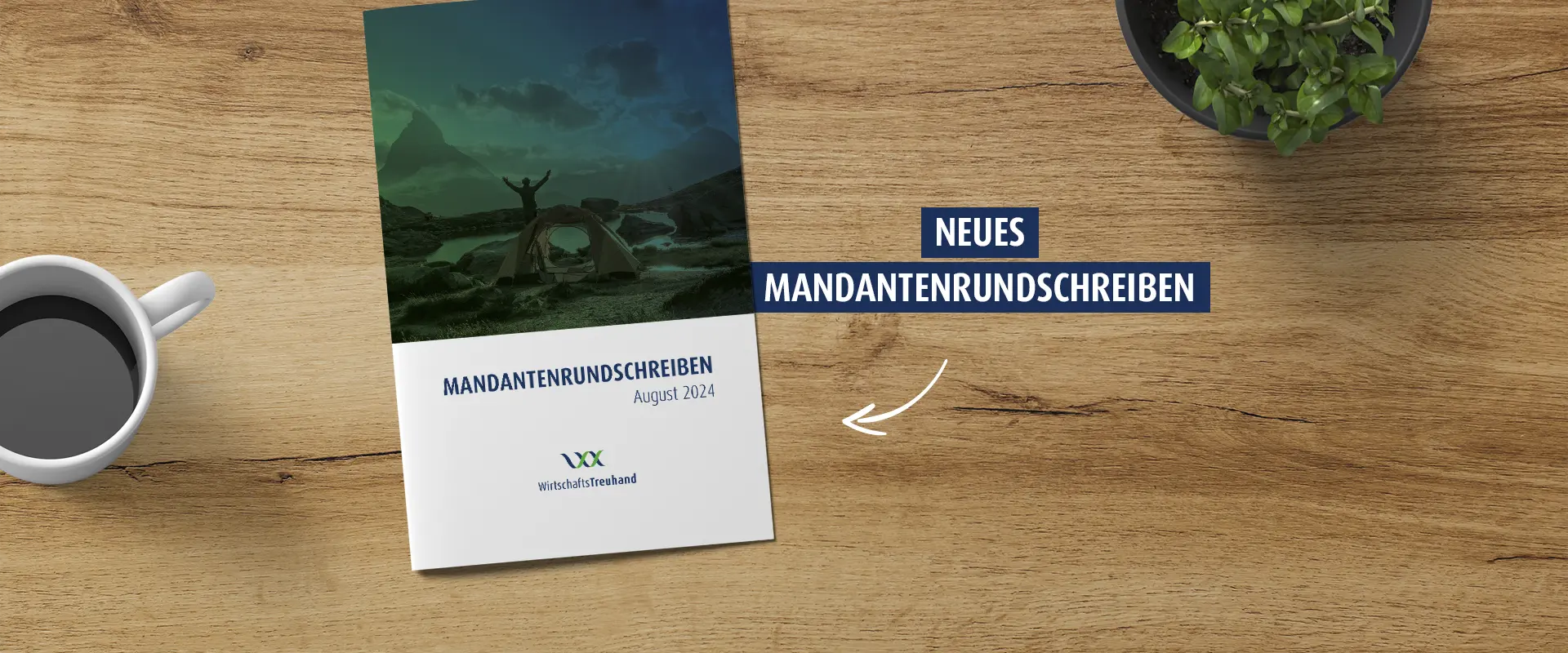
Mandantenrundschreiben
Mandantenrundschreiben 8/2024

Steuern
Erneuerung der Heizungsanlage: Kein Vorsteuerabzug bei einer Wohnraumvermietung

Steuern
Anstieg der gesetzlichen Altersrenten ab 1.7.2024

Steuern
Betriebsveranstaltungen: Zwei wichtige Urteile zur Lohnsteuerpauschalierung

Mandantenrundschreiben
Mandantenrundschreiben 7/2024

Steuern
Rückabwicklung eines Verbraucherdarlehensvertrags löst keine Einkommensteuer aus

Steuern
Doppelte Haushaltsführung: Zweitwohnungsteuer fällt unter den Höchstbetrag von 1.000 EUR

WiTreu
JUVE Handbuch Steuern 2024: WiTreu erneut ausgezeichnet
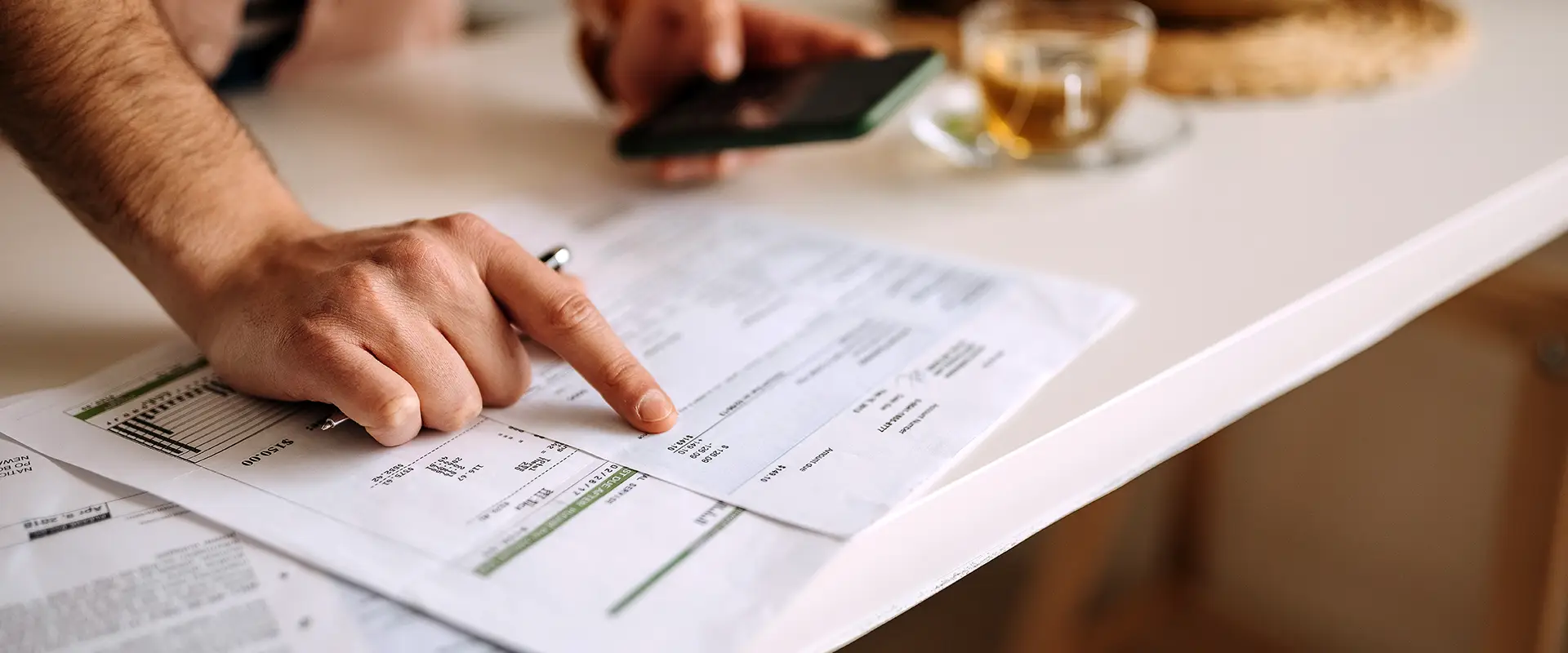
Steuern
Finanzverwaltung lockert Sichtweise bei falschem Steuerausweis in Rechnungen an Endverbraucher

Mandantenrundschreiben
Mandantenrundschreiben 6/2024
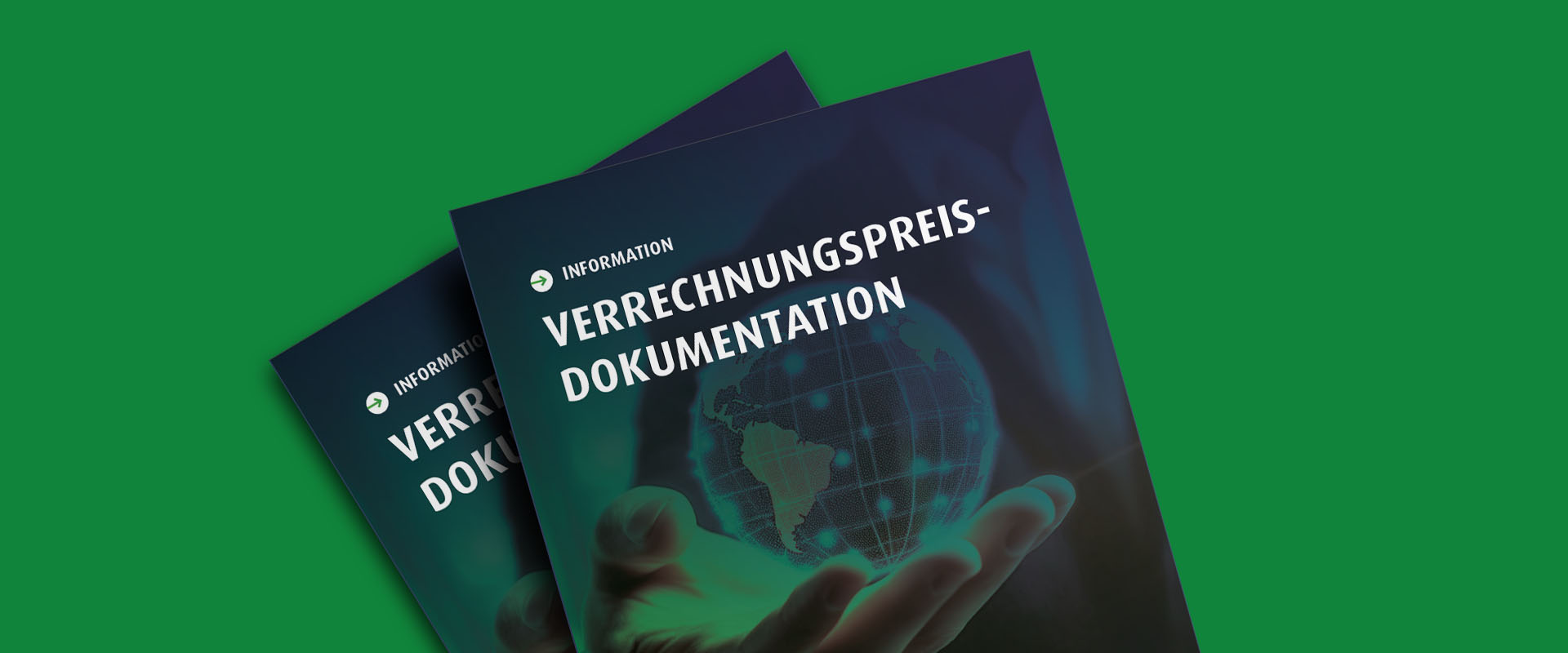
Infoschreiben
Verrechnungspreisdokumentation

WiTreu
WiTreu erneut dabei als Sponsor der Sand-Kunst-Ausstellung im Blühenden Barock

Steuern
Keine Werbungskosten: Prozesskosten zur Erlangung nachehelichen Unterhalts

WiTreu
Gelungene Studierendenveranstaltung mit der Hochschule Pforzheim

Steuern
Steuerliche Nachteile beim Berliner Testament
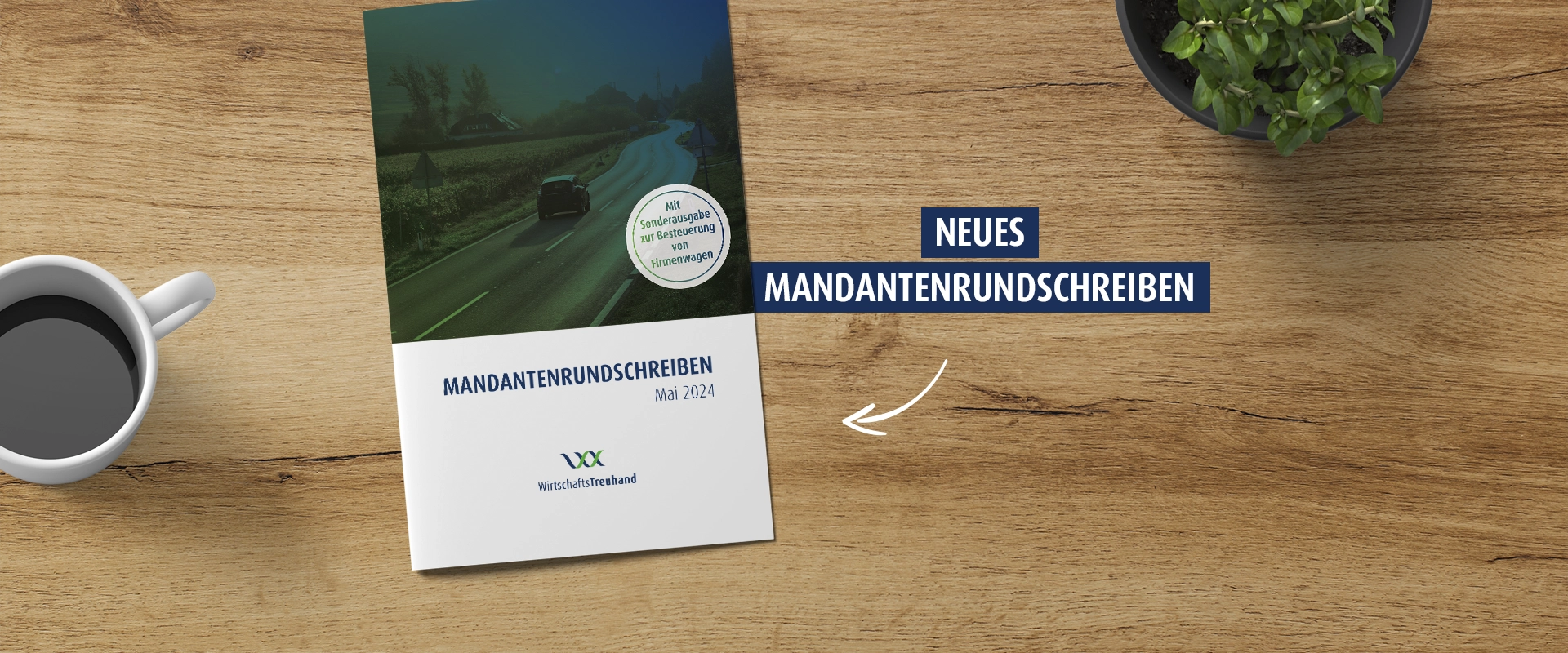
Mandantenrundschreiben
Mandantenrundschreiben 5/2024
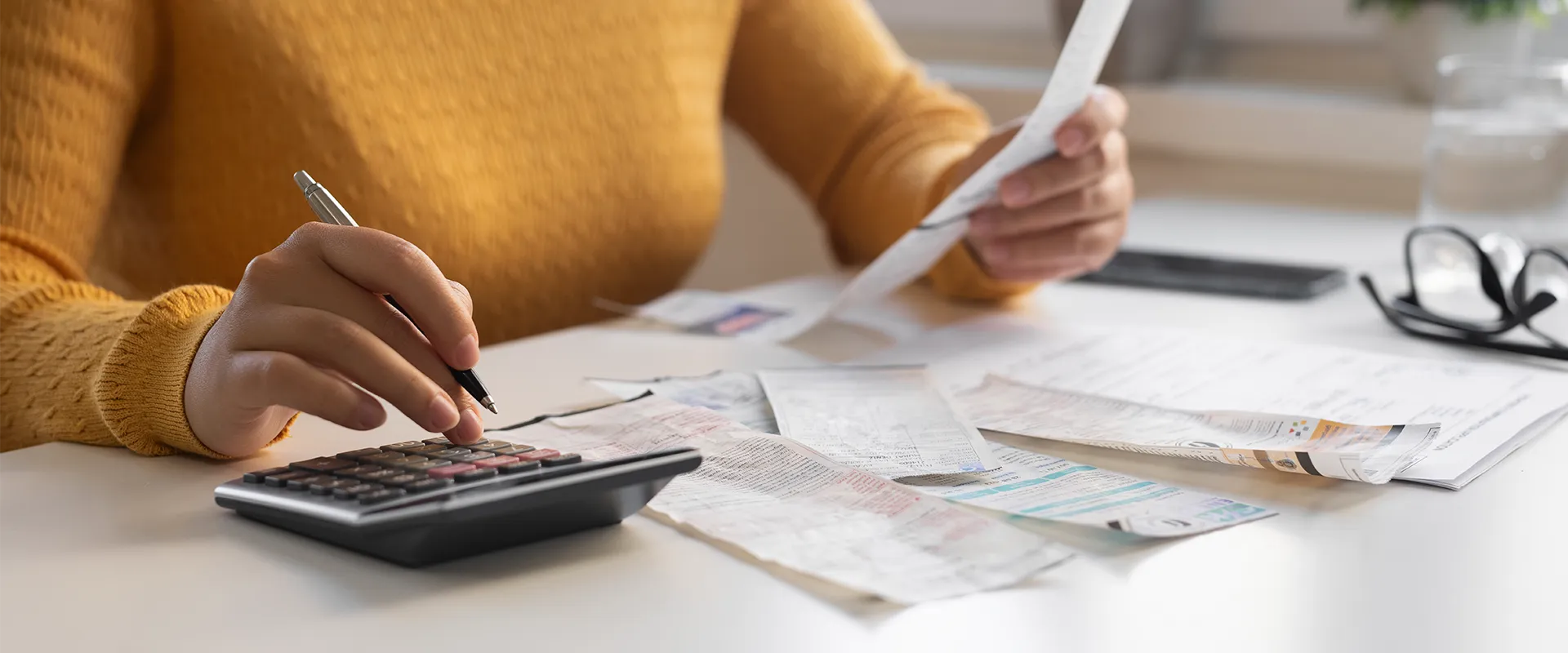
Steuern
Darlehen nach dem Aufstiegsfortbildungsförderungsgesetz: Teilerlass ist Arbeitslohn

Steuern
Investitionsabzugsbetrag: Wie ist die Gewinngrenze zu ermitteln?

Steuern
Influencer: Keine Betriebsausgaben für bürgerliche Kleidung und Accessoires
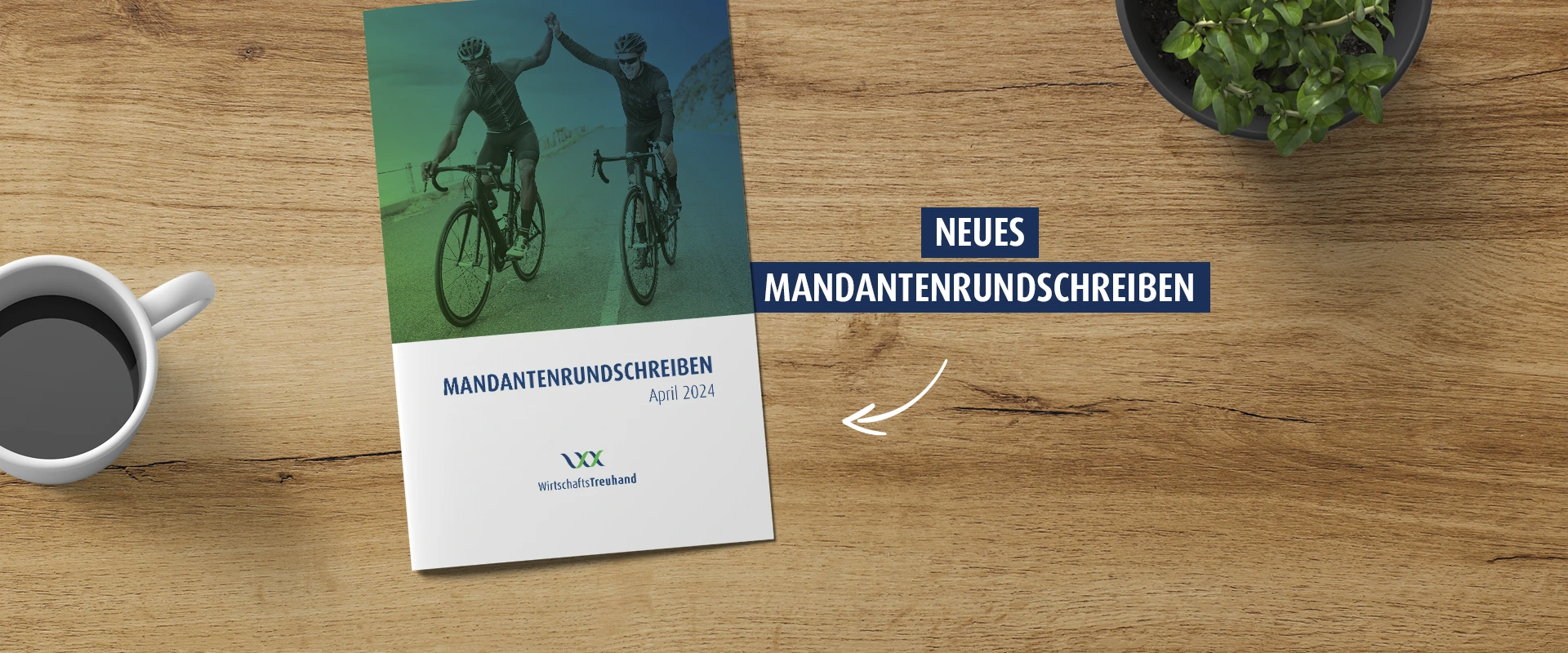
Mandantenrundschreiben
Mandantenrundschreiben 4/2024

WiTreu
WiTreu vom Handelsblatt ausgezeichnet: Beste Steuerberater und Wirtschaftsprüfer 2024

Steuern
Private Veräußerungsgeschäfte: Vier Urteile im Zusammenhang mit Erbfällen und Selbstnutzung

Steuern
Kinderbetreuungskosten getrennter Eltern: Nun ist das Bundesverfassungsgericht gefragt

Mandantenrundschreiben
Mandantenrundschreiben 3/2024

Steuern
Personengesellschaften mit Grundbesitz: Unsicherheiten bei der Grunderwerbsteuer sind beseitigt

Steuern
Die Bundesregierung muss sparen: Neue Einkommensgrenzen beim Elterngeld
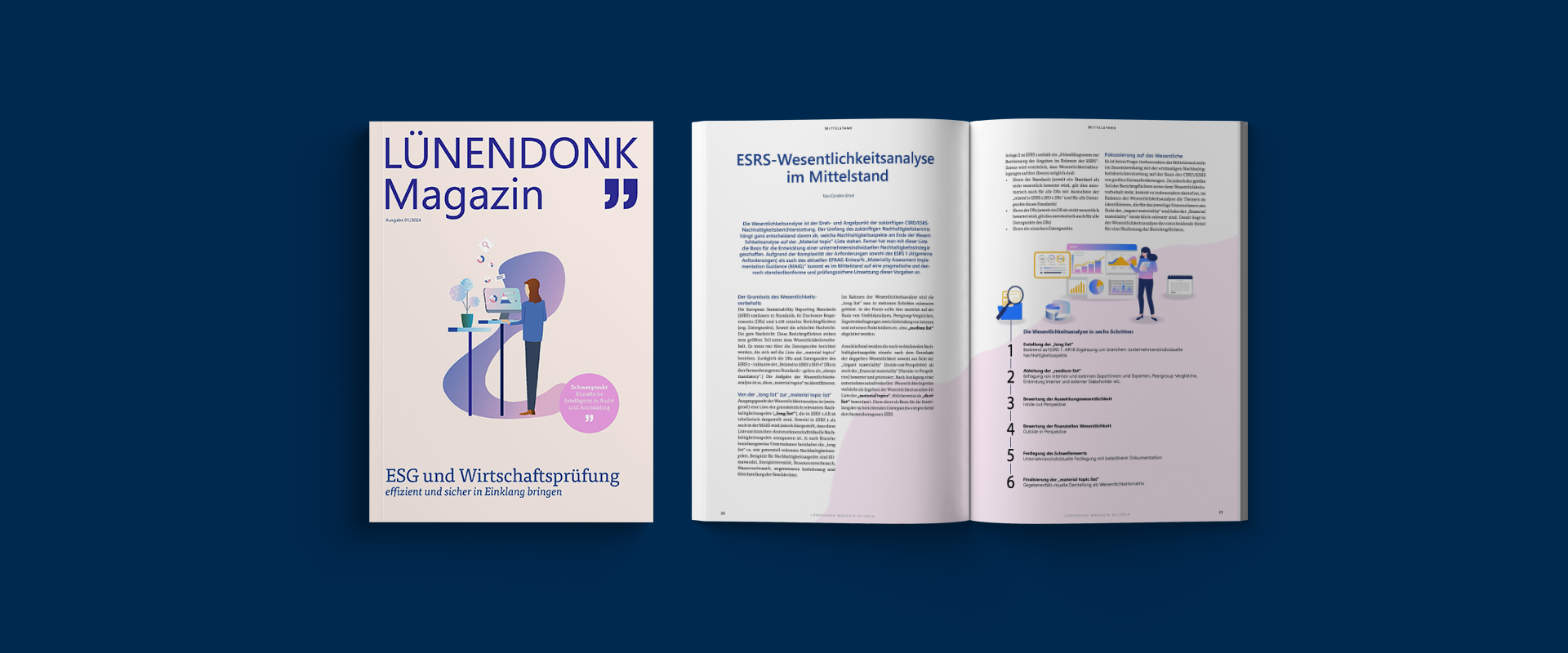
Nachhaltigkeitsberichterstattung
Lünendonk®-Magazin mit Carsten Ernst als CSRD-/ESRS-Experte

Mandantenrundschreiben
Mandantenrundschreiben 2/2024

Steuern
Keine Nachlassverbindlichkeiten: Anfallende Steuern bei rückwirkender Betriebsaufgabe durch Erben

Steuern
Keine außergewöhnlichen Belastungen: Kosten für Privatschulbesuch eines hochbegabten Kindes

Steuern
Pauschale Betriebsausgaben: Verwaltung darf die Regeln weitgehend frei ausgestalten

Mandantenrundschreiben
Mandantenrundschreiben 1/2024
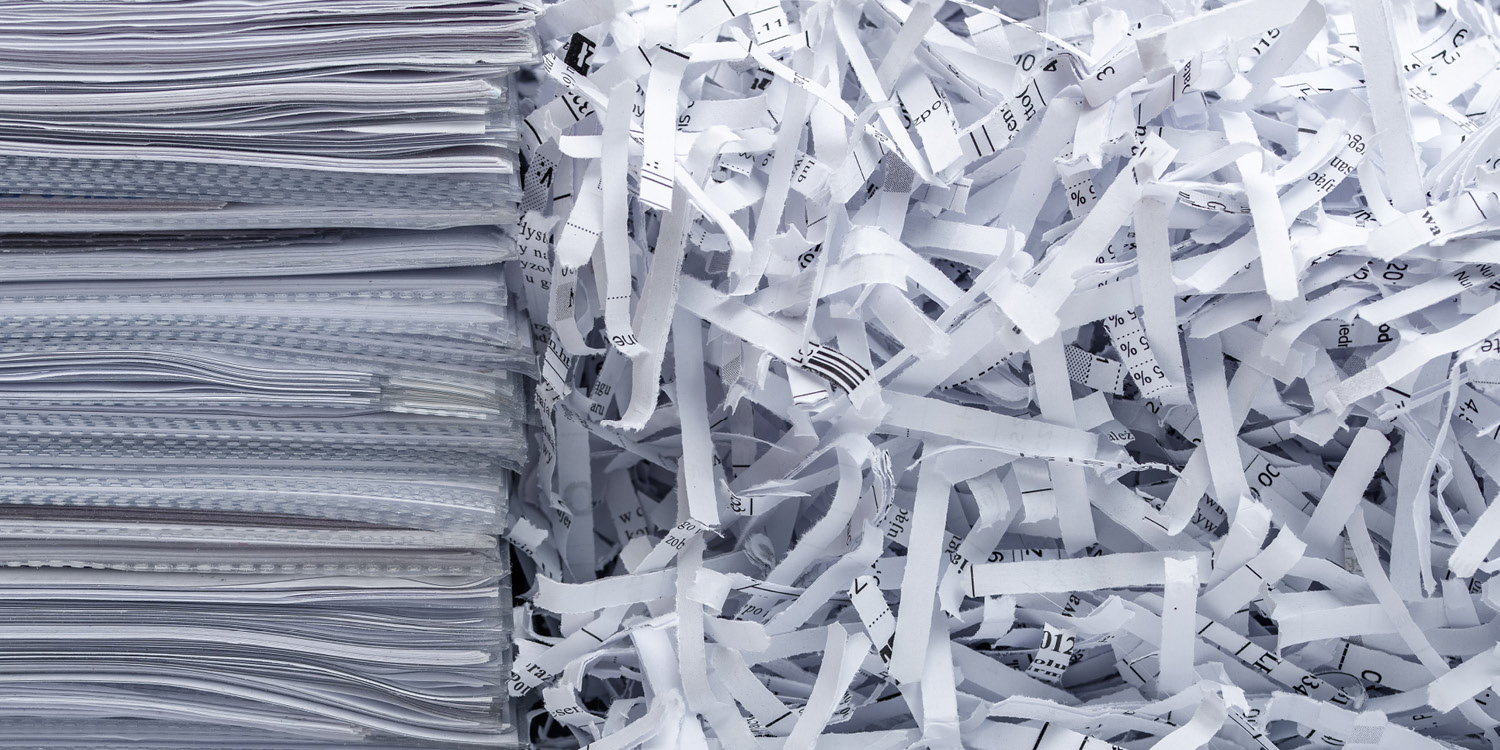
Steuern
Aufbewahrung und Vernichtung von Geschäftsunterlagen

Steuern
Aufwendungen für Pflege-WG als außergewöhnliche Belastung

Infoschreiben
Neue Regeln für GbRs ab 2024
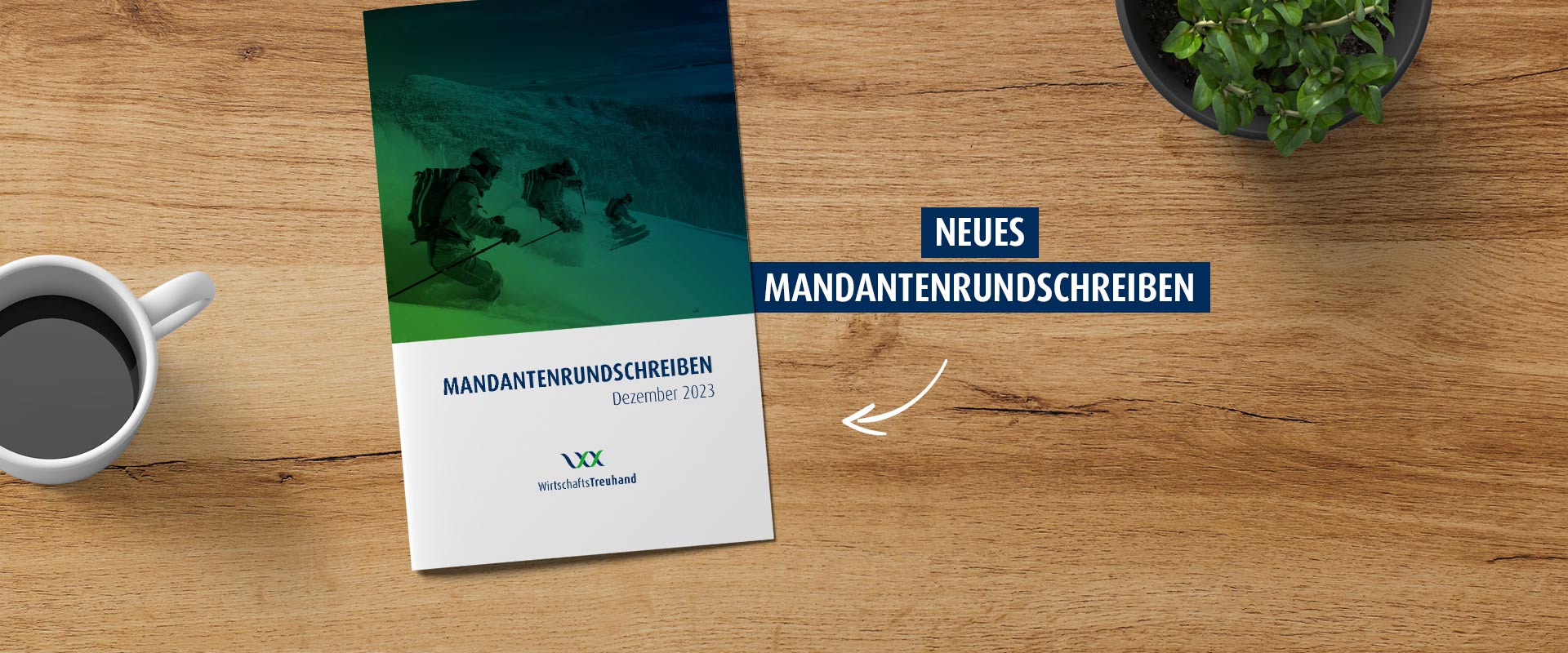
Mandantenrundschreiben
Mandantenrundschreiben 12/2023

Steuern
Weihnachtsfeier 2023: Auch an die steuerlichen „Spielregeln“ denken

Steuern
Optionsverschonung bei Erbschaft- und Schenkungsteuer

Mandantenrundschreiben
Mandantenrundschreiben 11/2023 mit Sonderrundschreiben zum Jahresende

Steuern
Anwendungsschreiben zu Homeoffice Pauschale 2023

Nachhaltigkeitsberichterstattung
EU-Standards zur Nachhaltigkeitsberichterstattung
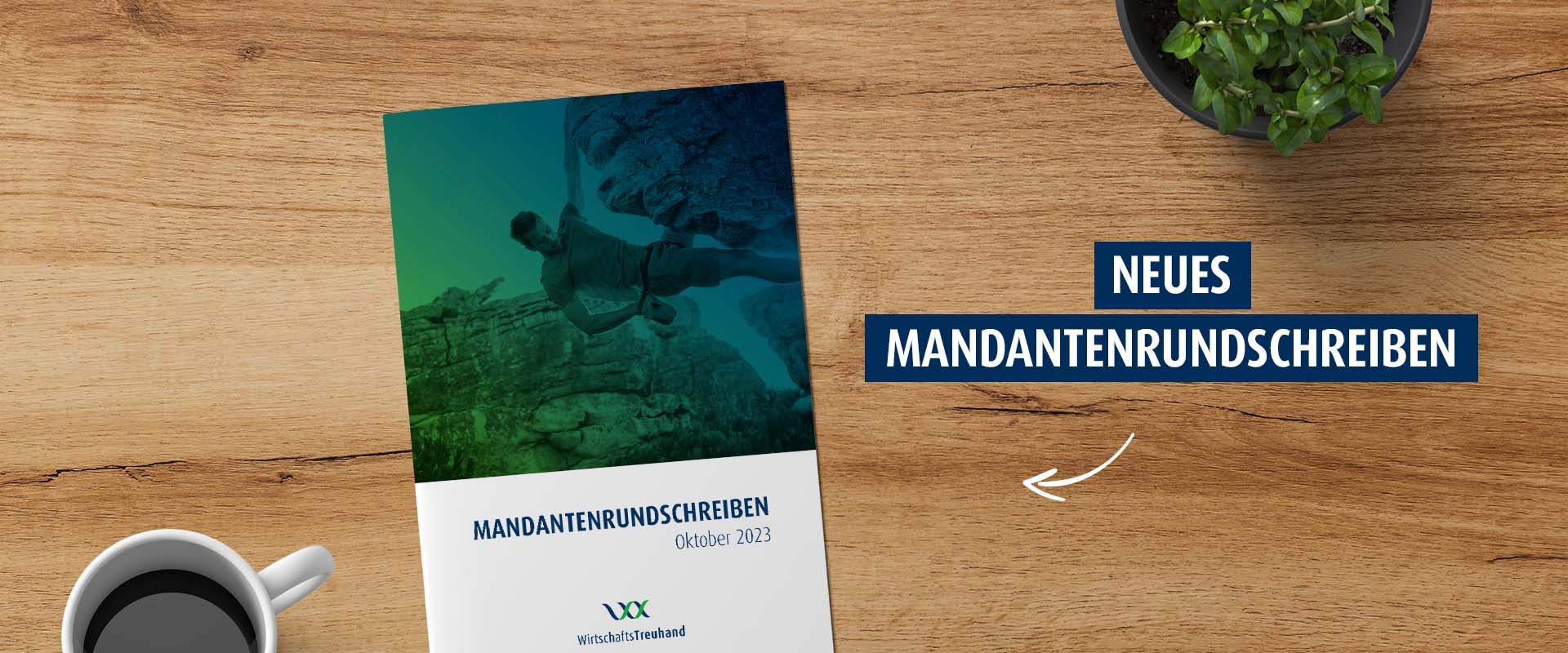
Mandantenrundschreiben
Mandantenrundschreiben 10/2023

Steuern
Online-Pokergewinn kann steuerpflichtig sein

Steuern
Haushaltsnahe Dienstleistungen: Steuerermäßigung auch für Mieter

Mandantenrundschreiben
Mandantenrundschreiben 09/2023

Steuern
Neue Beitragssätze in der Pflegeversicherung ab 1.7.2023

Steuern
Umsatzsteuer für Vermietung von Wohncontainern an Erntehelfer

Mandantenrundschreiben
Mandantenrundschreiben 08/2023

Steuern
Kein Minijob und Hauptjob beim selben Arbeitgeber

WiTreu
Lünendonk®-Liste 2023: WirtschaftsTreuhand mit AGN Deutschland erneut unter TOP10

Steuern
Erbfallkostenpauschale auch für Nacherben
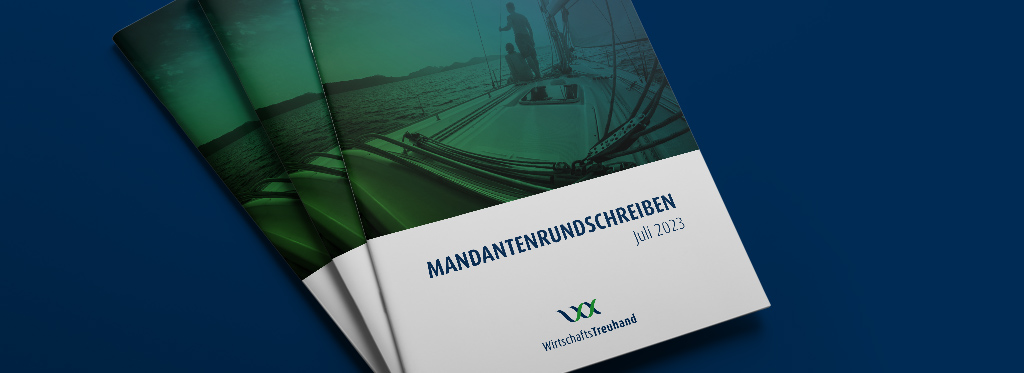
Mandantenrundschreiben
Mandantenrundschreiben 07/2023

Steuern
Schriftsteller, Künstler und Co.: Erhöhte Betriebsausgabenpauschalen

Steuern
Veräußerung der Haushälfte nach Ehescheidung mitunter zu versteuern

WiTreu
JUVE Handbuch Steuern 2023: WiTreu erneut ausgezeichnet

Steuern
Russland steht auf der „schwarzen Liste“ der EU: Steuerliche Folgen für deutsche Unternehmen voraussichtlich ab 2024
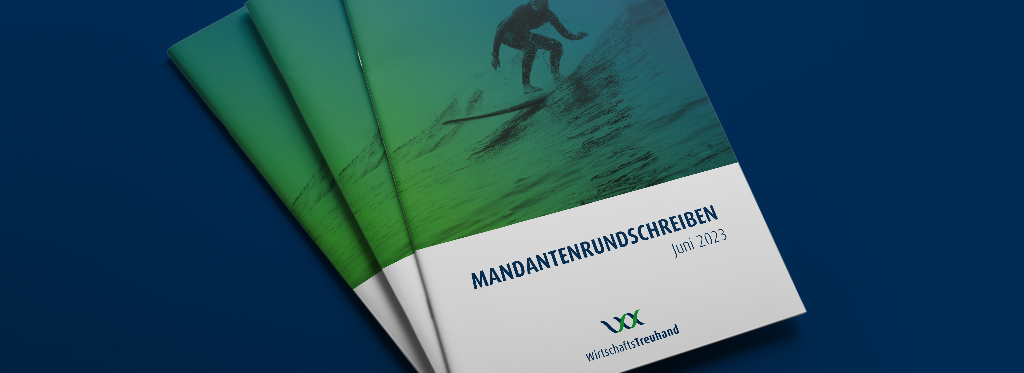
Mandantenrundschreiben
Mandantenrundschreiben 06/2023

WiTreu
WiTreu als Sponsor der Sand-Kunst-Ausstellung im Blühenden Barock dabei

Steuern
Energiepreispauschale und Steuertipps für Rentner

Steuern
Rückstellung für Mitarbeiterboni auch ohne Rechtsanspruch möglich

Steuern
Energiepreispauschale für Studierende und Fachschüler: Antrag ist endlich möglich

Steuern
(Häusliches) Arbeitszimmer und Homeoffice-Pauschale: Neue Spielregeln beim steuerlichen Abzug der Aufwendungen
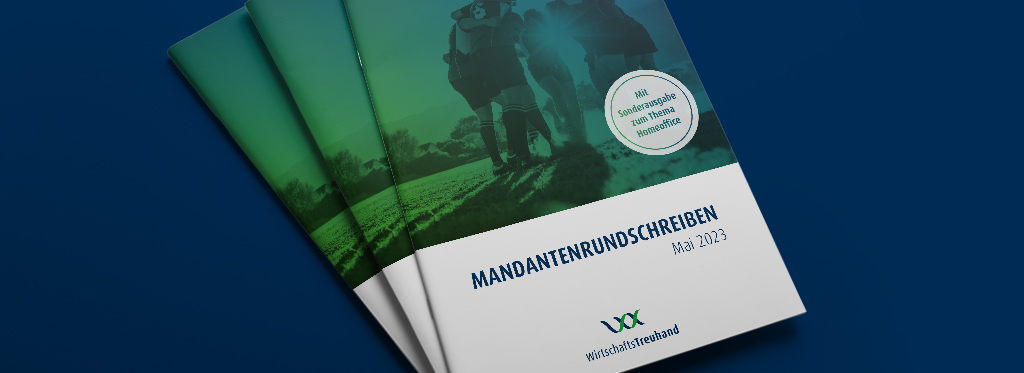
Mandantenrundschreiben
Mandantenrundschreiben 05/2023 mit Sonderausgabe

Steuern
Doppelte Haushaltsführung: Bei einem Hauptwohnsitz im Ausland ist eine Kostenbeteiligung nachzuweisen

Steuern
Prämien aus der Treibhausgasminderungs-Quote: Alles Wichtige zur Besteuerung!

Steuern
Photovoltaikanlagen: Finanzverwaltung äußert sich zum neuen Nullsteuersatz

Steuern
Behindertengerechter Gartenumbau ist keine außergewöhnliche Belastung

Mandantenrundschreiben
Mandantenrundschreiben 04/2023

Steuern
Abzug von Bewirtungsaufwendungen: Neue Anforderungen seit 2023

WiTreu
WirtschaftsTreuhand vom Handelsblatt ausgezeichnet: Beste Steuerberater und Wirtschaftsprüfer 2023

Steuern
Mieterabfindungen: Bundesfinanzhof beschränkt den Anwendungsbereich der anschaffungsnahen Herstellungskosten

Steuern
Positive Steueränderungen für Alleinerziehende
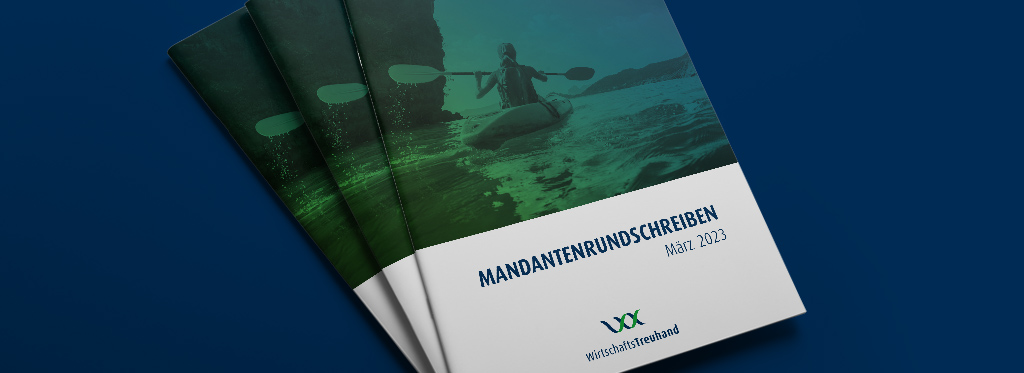
Mandantenrundschreiben
Mandantenrundschreiben 03/2023

Infoschreiben
Ordnungsgemäße Rechnungen

Infoschreiben
Elektronische Arbeitsunfähigkeitsbescheinigung

Steuern
Vereine zur Förderung der Freizeitgestaltung: Kein Abzug von Mitgliedsbeiträgen

Mandantenrundschreiben
Mandantenrundschreiben 02/2023

Steuern
Neue Verwaltungsanweisung zur Vorsteueraufteilung bei gemischt genutzten Grundstücken

Nachhaltigkeitsberichterstattung
CSRD-Lunch Break – Einführung in die ESRS in 60 Minuten!

Nachhaltigkeitsberichterstattung
CSRD-Lunch Break – Alles was Sie über die EU-Taxonomie-VO wissen sollten in 60 Minuten!

Steuern
Bundesfinanzhof urteilt zur Umsatzsteuerpflicht bei eBay-Verkäufen

Steuern
Jahressteuergesetz 2022: Wichtige Neuregelungen durch Bundestag und Bundesrat verabschiedet
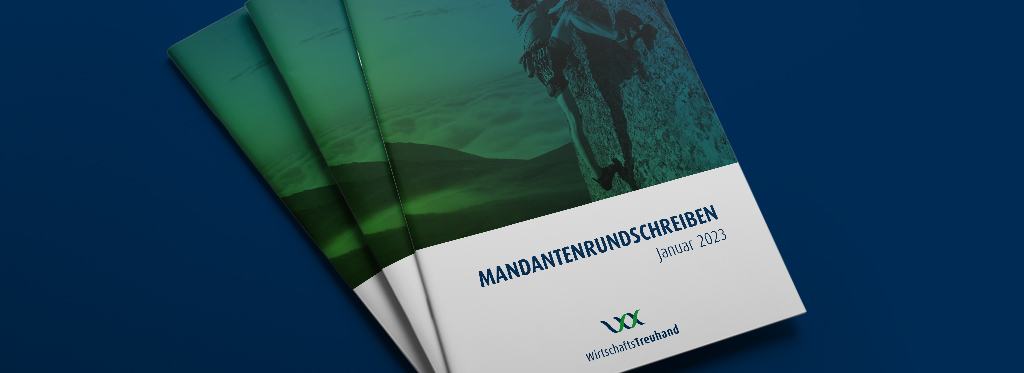
Mandantenrundschreiben
Mandantenrundschreiben 01/2023

Steuern
Energiepreispauschale: Minijobber und Rentner

Steuern
Freie Unterkunft und Verpflegung: Voraussichtliche Sachbezugswerte für 2023

Nachhaltigkeitsberichterstattung
CSRD-Lunch Break – Alles was Sie über die CSRD wissen sollten in 60 Minuten!

Steuern
Der Countdown läuft: Der Jahresabschluss für 2021 ist bis Ende 2022 offenzulegen

Steuern
Jahressteuergesetz 2022: Das Wichtigste aus dem Entwurf der Bundesregierung

Nachhaltigkeitsberichterstattung
Neuer Lehrgang Certified Sustainability Reporting Specialists (CSRS)

WiTreu
Alumni-Veranstaltung im ROX Boulder- und Kletterzentrum Herrenberg

Infoschreiben
Inflationsprämie und Mindestlohn

Infoschreiben
Änderungen BewG durch JStG 2022

Steuern
Gewerbliche Abfärbung bei Beteiligungseinkünften: BFH erneut zu einer Bagatellgrenze gefragt

Infoschreiben
Pauschalierung der ESt bei Sachzuwendungen

Infoschreiben
Bewirtungskosten

Steuern
Informationen zur elektronisch unterstützten Betriebsprüfung in der Sozialversicherung

Steuern
Erhöhung Mindestlohn Minijob-Grenze ab 1.10.2022

Steuern
Viertes Corona-Steuerhilfegesetz in trockenen Tüchern

Steuern
Steuerentlastungsgesetze 2022 im Überblick

WiTreu
Steuerfachangestellte in spe – erfolgreicher Projekttag bei der WiTreu München

WiTreu
Sand-Sponsoring der WiTreu im Blühenden Barock Ludwigsburg

WiTreu
Lünendonk®-Liste 2022: WirtschaftsTreuhand mit AGN Deutschland unter TOP10

Steuern
Erbschaft- und Schenkungsteuer: Erleichterungen bei der Lohnsummenregelung wegen Corona

Steuern
Maßnahmenpaket für vom Krieg betroffene Unternehmen

WiTreu
AGN International EMEA: Carsten Ernst übernimmt neuen Vorsitz

WiTreu
JUVE Handbuch Steuern 2022: WirtschaftsTreuhand wächst und bietet neue Potentiale für Mandanten

Nachhaltigkeitsberichterstattung
Zusammenarbeit mit DEKRA Sustainability Services im Bereich Nachhaltigkeitsberichterstattung

Nachhaltigkeitsberichterstattung
Gelungene Auftaktveranstaltung zum Thema Nachhaltigkeitsberichterstattung

WiTreu
WirtschaftsTreuhand vom Handelsblatt ausgezeichnet: Beste Steuerberater und Wirtschaftsprüfer 2022

Steuern
Kindergartenzuschuss während der Corona-Pandemie: Das gilt bei Rückzahlung der Gebühren

Steuern
Meldepflichten nach der Außenwirtschaftsverordnung (AWV)

WiTreu
WirtschaftsTreuhand sponsert Sand-Kunst im Blühenden Barock Ludwigsburg

Steuern
Informationen zur neuen Homeoffice-Pauschale

Steuern
Investitionsabzugsbetrag für den Betriebs-PKW: Fahrtenbuch ist keine Bedingung

Steuern
Neue Vereinfachungsregelungen bei der doppelten Haushaltsführung

Steuern
Jahressteuergesetz in „trockenen Tüchern“
